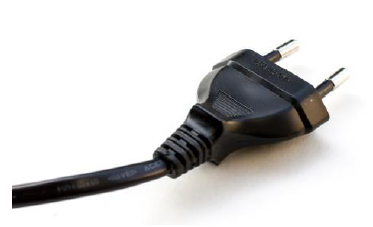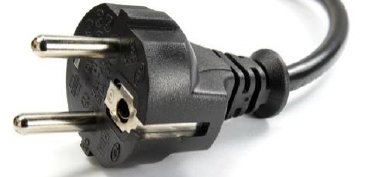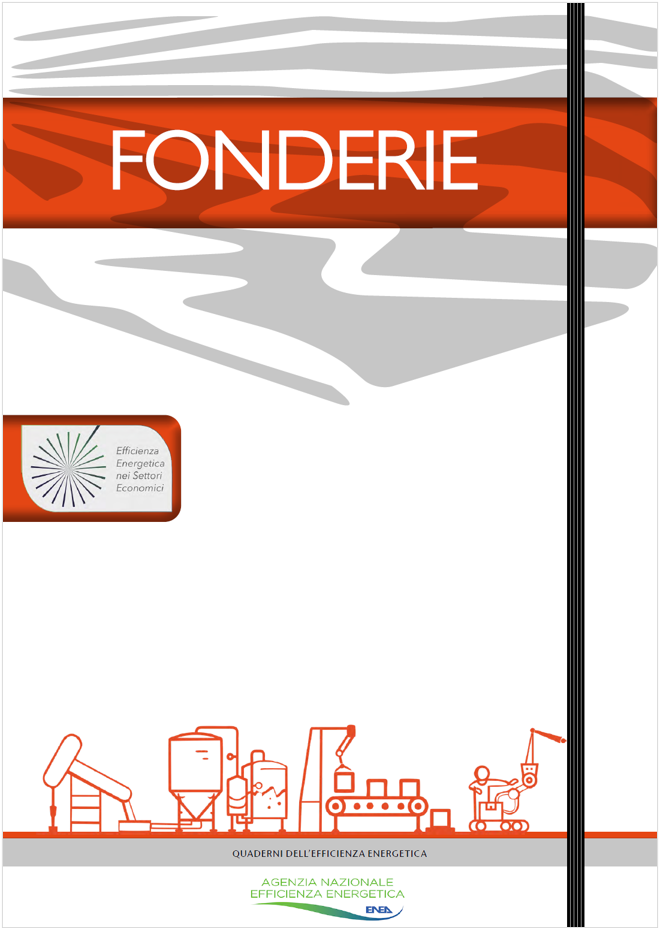Deliberazione ARERA 78/2025/R/EFR
- 0
ID 23593 | 10.03.2025 / In allegato
ARERA con la delibera n. 457/2024 del 4 marzo 2025 (di cui al DM 30 dicembre 2024 n....
Current situation in Europe
At European Union level, there is no specific European legislation defining types, dimensions or requirements and tests for plug and socket-outlet systems.
The safety of plugs and socket outlets for domestic use is covered by the General Product Safety Directive (GPSD) - Directive 2001/95/EC (see Policy context of this draft opinion). There is a proposal for a Regulation on Consumer Product Safety, which is currently under discussion and will repeal the GPSD once approved.
Note: The above proposal for a Regulation on Consumer Product Safety does not have an impact on the topic covered by the draft opinion (i.e. differences in plug and socket-outlet systems in Europe), as the proposed Regulation will not define specific plug and socket- outlet systems at European level. Therefore, this draft opinion does not enter in the exclusion criteria established by the REFIT Platform.
Plugs and socket-outlets are parts of systems defined at national level in the corresponding national installation/wiring legislation and in national standards. National systems are defined in terms of types and dimensions of plugs and socket-outlets which are allowed in the country, safety requirements and tests, etc.
Current systems are heavily dependent on existing infrastructure, which cannot be changed without a necessary transitional period of coexistence of systems of more than 75 years, and may have significant implications in terms of safety (use of adaptor during the transitional period), investment (for citizens and companies) and environmental impact (waste).
In terms of compatibility, there are two main types of plugs and socket-outlet systems in Europe, largely defining two geographical areas:
- System based on round-pin plugs and compatible socket-outlets

One of the plugs more widely used within this system is the ‘Europlug’ (see picture below). It is a non-earthed plug for 2,5 A 250 V a.c., and covered by the European standard1 EN 50075.

Standard EN 50075 - Flat non-rewirable two-pole plugs, 2,5 A 250 V a.c., with cord, for the connection of class II-equipment for household and similar purposes.
This plug is widely used across Europe, and in more than 135 countries in the world.
The ‘Europlug’ was designed to be compatible3 with a range of sockets widely used in most countries in Europe (except in UK, Ireland, Malta and Cyprus).
For 16 A applications, the most common plug in Europe is the CEE 7/7 plug, which is compatible with most socket-outlets used in continental Europe:
- the one used in countries such as Germany, Austria, the Netherlands or in Spain (CEE 7/3 socket and CEE 7/4 plug), and
- the one used in countries such as France, Belgium, Poland or Slovakia (CEE 7/5 socket and CEE 7/6 plug).

This plug is widely used across Europe (except UK, Ireland, Malta and Cyprus), and compatible with the socket-outlets used in more than 100 countries in the world6, including CIS Countries, several South American and African countries.
...
add more in attachment
Collegati
ID 23593 | 10.03.2025 / In allegato
ARERA con la delibera n. 457/2024 del 4 marzo 2025 (di cui al DM 30 dicembre 2024 n....
ID 18497 | 29.12.2022
Regolamento (UE) 2022/2576 del Consiglio del 19 dicembre 2022 che promuove la solidarietà mediante un migliore coordinamento degli acquisti di gas, param...

ENEA - 17.03.2022
La pubblicazione sulle Fonderie rappresenta una guida operativa sia per le imprese operanti nel settore delle fonderie che per i pro...
Testata editoriale iscritta al n. 22/2024 del registro periodici della cancelleria del Tribunale di Perugia in data 19.11.2024